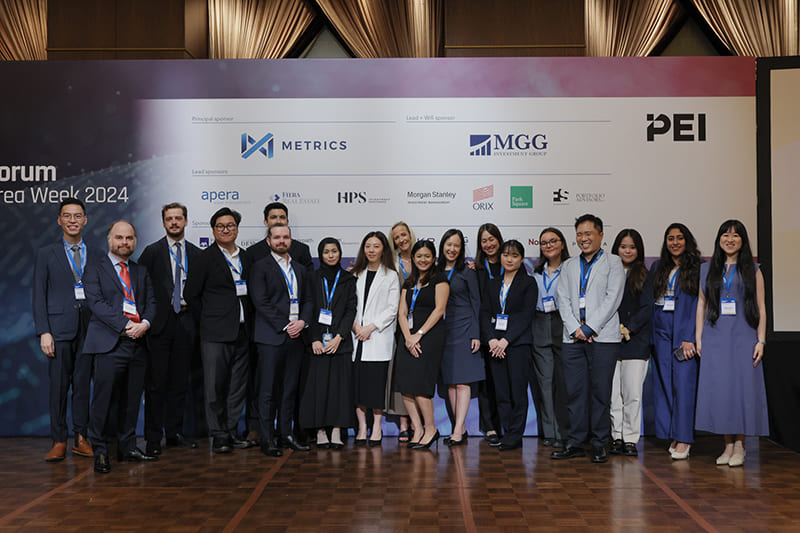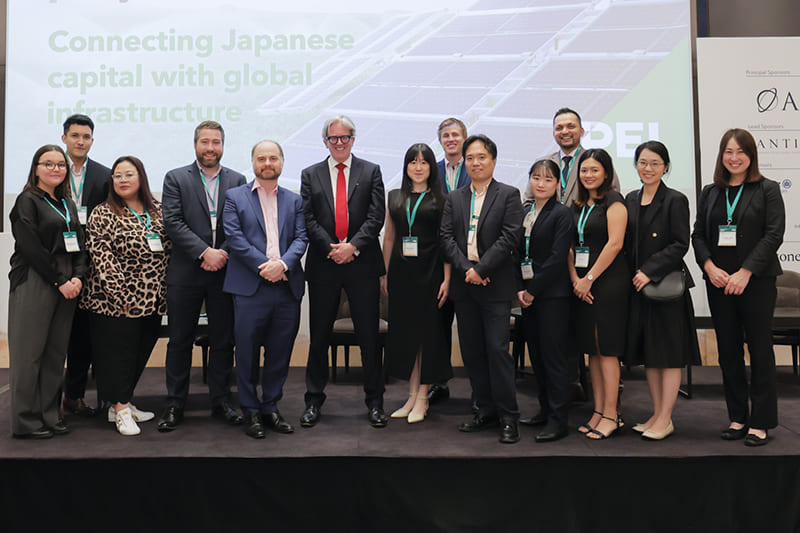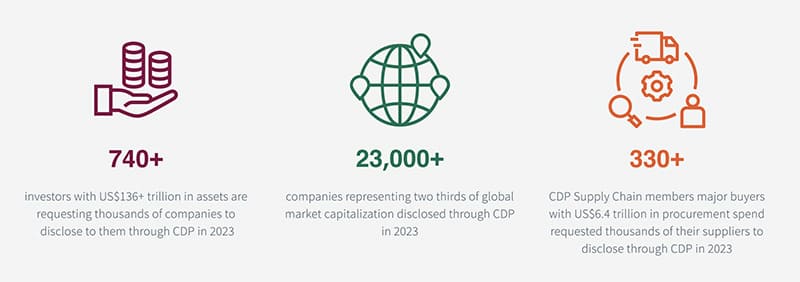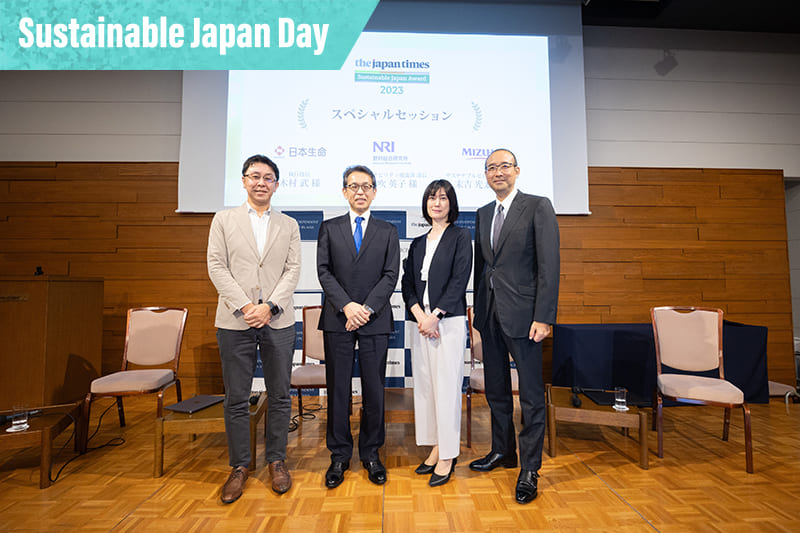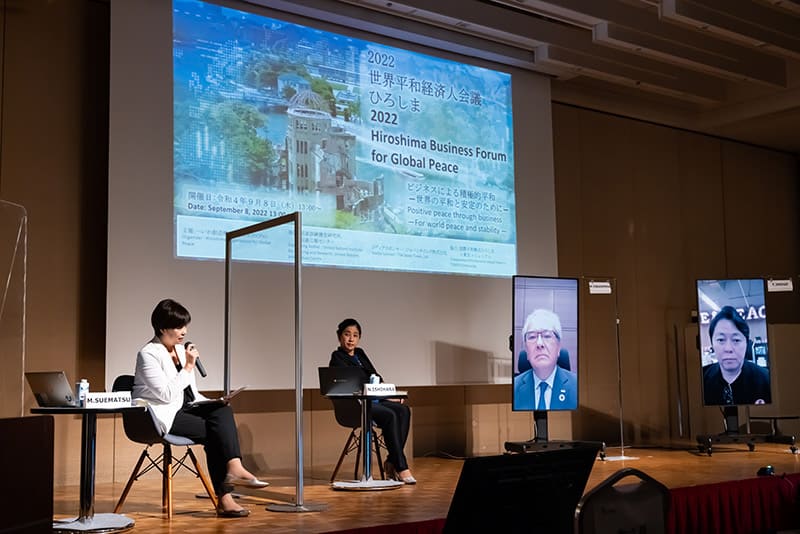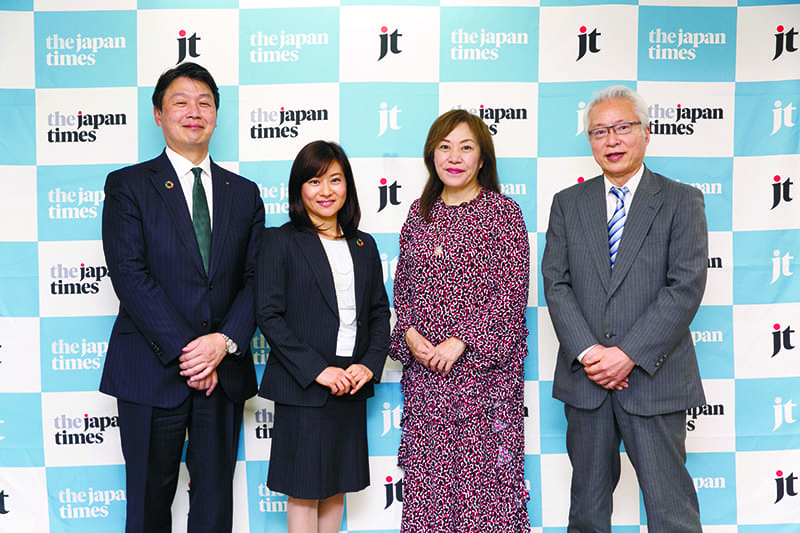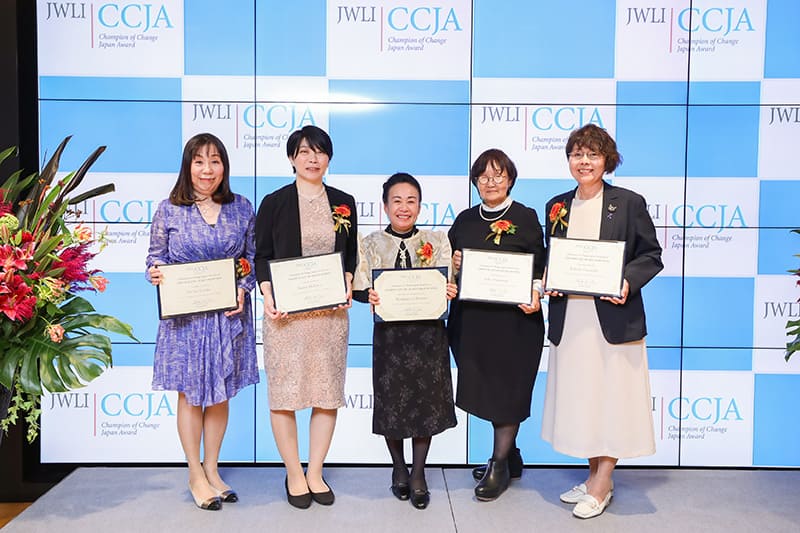September 30, 2022
Investing in science, humanity: Lessons from Okinawa institute
Among the hundreds of meetings that take place during the busy United Nations General Assembly, which this year began on Sept. 13, one of the most interesting is the annual Science Summit. Organized by Intelligence in Scienceand its partners, the summit brings hundreds of scientists, administrators, philanthropists and venture capitalists to New York, where they host panels and sessions discussing everything from genetic engineering to university diversity. This year many of the sessions were held remotely, which allowed one of the most interesting leaders in Japan, Peter Gruss, the president and CEO of the Okinawa Institute of Science and Technology (OIST), to join the session “Investing in Science, Investing in Humanity.”
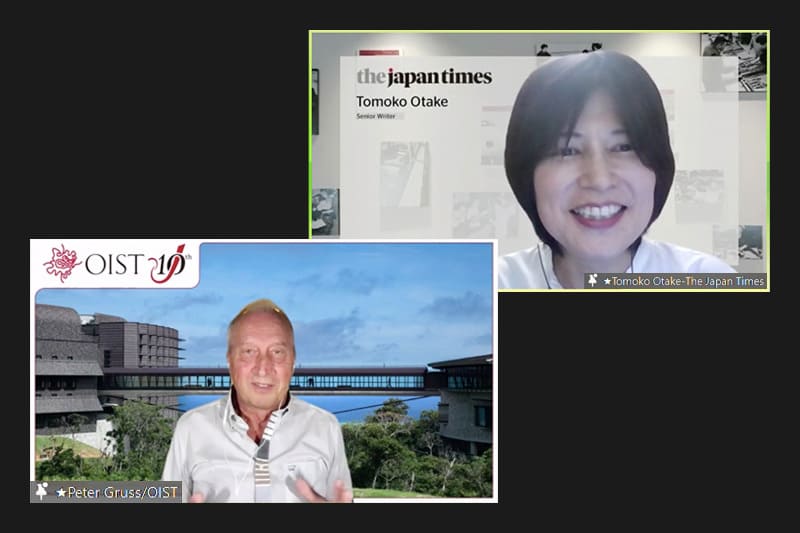
If you are a reader of The Japan Times’ sustainability series, you will already know the fascinating Gruss, who leads Japan’s most innovative research institution after a long career in Germany. He was interviewed for this session by Tomoko Otake, a senior writer for The Japan Times who often covers science and technology. Their discussion covered a crucial challenge for the advancement of science: How can Japan’s universities and government use investment to foster innovation?
This is a challenge well known to Gruss, who started his career as a renowned scientist before switching tracks to become a science administrator, eventually leading the Max Planck Society of Germany for many years. It was there that Gruss became an innovator and lifelong proponent of what is termed “high-trust funding,” through which promising researchers are given five-year grants to explore their fields. The results at Max Planck were striking: multiple Nobel-winning discoveries and a decade of industry-changing patents. Gruss’ mission at OIST has been to establish the same culture.
Otake’s first line of questioning concerned the COVID-19 pandemic, which saw scientists developing vaccines faster than ever before. What had the pandemic revealed about the nature of scientific research and funding? Gruss pointed out that messenger RNA was discovered in the 1960s by a group of scientists including Sydney Brenner, who later became one of the founders of OIST, but only after decades of research were the startups Moderna and BioNTech able to develop the first mRNA vaccines against COVID-19, building on all the innovations from publicly funded university researchers. His point: “In modern research, sometimes it can take 60 years until we can finally utilize those six decades of research.”
Unfortunately, Japan’s methods and levels of research funding have fallen to new lows. Otake pointed out that Japan is the third-largest economy in the world, yet still has not developed its own mRNA vaccine. Why? Gruss’ answer was friendly but blunt: “It doesn’t matter that Japan is the third-largest economy. What matters is the dynamic and innovative skill of that economy. And sadly, Japan has lost its innovative capacity.” He followed this statement with a shocking figure: “Despite the tremendous growth rate of venture capital funds in Japan in recent years, the size is no bigger than 3% of what is available in the U.S. Very few of these VC funds invest in seed or early-stage startups.”
This led to a broader question from Otake: In country rankings for high-quality research papers, this year Japan fell to 12th place — a record low, down from sixth place a decade ago and fourth 20 years ago. If Gruss had a magic wand to change the institutions in Japan, what would he do?
His answer was long, covering the areas of high-trust research grants to the youngest and best minds in Japan, leadership reform at universities that focuses on merit and strategy, and more support for researchers starting families. The hard news: None of the above is common in Japan at all. The good news: It is already happening at OIST, and if it can happen there, that proves that it is possible in Japan.
First, Gruss described high-trust funding: “In Japan, we have mostly low-trust funding — competitive grant funding. Instead, you must give the money to the best minds and let them roam freely in their fields. This has been shown to be the most efficient way to create breakthroughs and fundamental research.” He also pointed out that these grants must be given to the younger scientists. “Look at the Nobel Prize winners — most of their great work was done before they were 40. How many of Japan’s best minds are now all stuck being assistants to professors, when they could be doing the greatest work of their lives?”
Second, Gruss covered the anemic world of Japanese universities. “The Japanese university system needs to be reformed at the governance level to have a clear separation between staff and a board of governors with an exclusive role of supervision and strategy, a senior management team staffed by professionals from all kinds of areas — business leaders, technology experts, management experts. Not retired professors!”
Gruss also pointed out a simple reason why 62% of OIST professors are non-Japanese, as opposed to only 5% for Japanese universities overall: “We are able to recruit such great scientists because of our high-trust funding and competitive salary.” For university-level institutions in Japan, he sadly pointed out a simple fact: “If I am a successful young scientist in the EU, why should I come into a country where I am not familiar with the grant-writing system? And compete for low-trust grants that are short-term, not innovative, and biased toward Japanese speakers? It’s simply not attractive for a Western scientist to come here.”
Finally, he described OIST’s ongoing efforts to recruit female scientists as a model for other universities. “Worldwide the proportion of women in faculty is much too low. Between the Ph.D. and the postdoc level, many women decide to leave science. It may be because of the many roles women feel they have to play. So we must create a more compelling package. The minimum that must be delivered is a salary. You also need adequate child support at the university. If you know that your young children are well taken care of, you feel very comfortable. At OIST, this child care is on-site. You can look at your kids, you can even walk over during a break if need be. Life is more than just research. So if we want to further this change, administrators must provide the adequate infrastructure.”
The Science Summit’s session explored how investment in science is actually an investment in humanity. Gruss and Otake’s wide-ranging discussion focused very much on the human side of this question. Scientists are not monks; they are highly trained workers who must be recruited, rewarded and cared for. The government’s support of these scientists is not a subsidy; it is a careful investment, modeled on past successes and hopeful for future discoveries. In the paradise islands of Okinawa, Gruss is doing just that … and more. There, foreign students and professors work alongside Japan’s brightest minds. Across the hall, venture capital firms are funding startups, while across the campus a child care center supports careers and equality. OIST is proving such things are possible in Japan. It is up to the rest of the country to listen.

